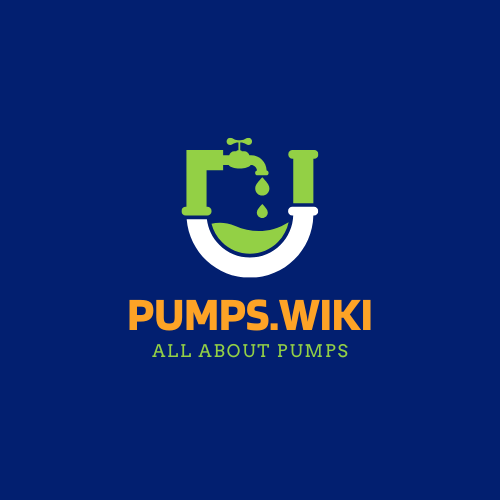Winter temperatures pose significant challenges for sump pump systems, potentially causing discharge lines to freeze and compromise water drainage. Homeowners face critical risks of water backup, pump damage, and foundation flooding when discharge lines become blocked by ice. Understanding comprehensive sump pump anti freeze strategies is essential for maintaining reliable basement water management and preventing costly infrastructure damage.
What Causes Sump Pump Discharge Line Freezing?
Sump pump discharge line freezing occurs due to several environmental and structural factors:
- Low Temperature Exposure: Prolonged sub-zero temperatures
- Inadequate Insulation: Insufficient pipe protection
- Poor Drainage Angle: Improper pipe installation
- External Wind Chill: Direct exposure to cold winds
Why Traditional Antifreeze Solutions Are Risky?

| Antifreeze Risk | Potential Consequences |
|---|---|
| Chemical Corrosion | Pump Component Damage |
| Mechanical Breakdown | Reduced Pump Efficiency |
| System Contamination | Potential Health Hazards |
Recommended Sump Pump Anti Freeze Strategies
Pipe Insulation Techniques
- Foam Pipe Insulation
- Wrap discharge lines with high-density foam sleeves
- Provides thermal barrier against freezing
-
Cost-effective solution
-
Underground Pipe Routing
- Install discharge lines below frost line
- Minimum recommended depth: 12-18 inches
- Reduces direct temperature exposure
Alternative Discharge Solutions
- Freeze Guards: Provide alternative water exit points
- Extended Discharge Lines: Redirect water further from foundation
- Heated Cables: Electrical warming for critical pipe sections
How to Implement Effective Sump Pump Protection?
Professional recommendations include:
- Conduct annual system inspection
- Verify proper pipe slope
- Maintain minimum 1-2% downward gradient
- Use flexible discharge components
- Install check valves to prevent backflow
Critical Installation Considerations
- Pipe Material: Use PVC or flexible polyethylene
- Discharge Distance: Minimum 10 feet from foundation
- Slope Angle: Ensure consistent downward trajectory
What Are the Cost Implications?
Preventative investments range:
– Basic insulation: $50-$150
– Professional installation: $200-$500
– Advanced freeze protection systems: $300-$750
Warning Signs of Potential Freezing
🚨 Immediate Action Required If:
– Water backs up in sump pit
– Unusual pump cycling
– Ice formation around discharge area
– Reduced water flow during pumping
Expert Maintenance Recommendations
- Inspect system before winter
- Clear debris from discharge area
- Monitor temperature forecasts
- Consider professional assessment annually
Technical Specifications for Optimal Protection
| Component | Recommended Specification |
|---|---|
| Pipe Diameter | 1.5-2 inches |
| Insulation R-Value | Minimum R-4 |
| Discharge Distance | 10-15 feet |
| Recommended Depth | Below 12-inch frost line |
Conclusion
Proactive sump pump anti freeze strategies protect your home’s foundation, prevent water damage, and ensure reliable drainage during challenging winter conditions. Regular maintenance and strategic installations are key to long-term system reliability.
